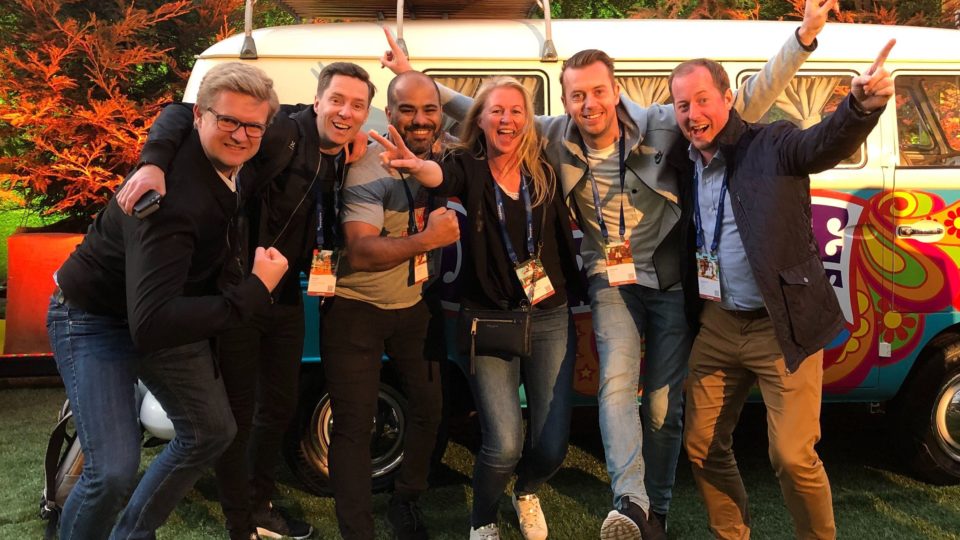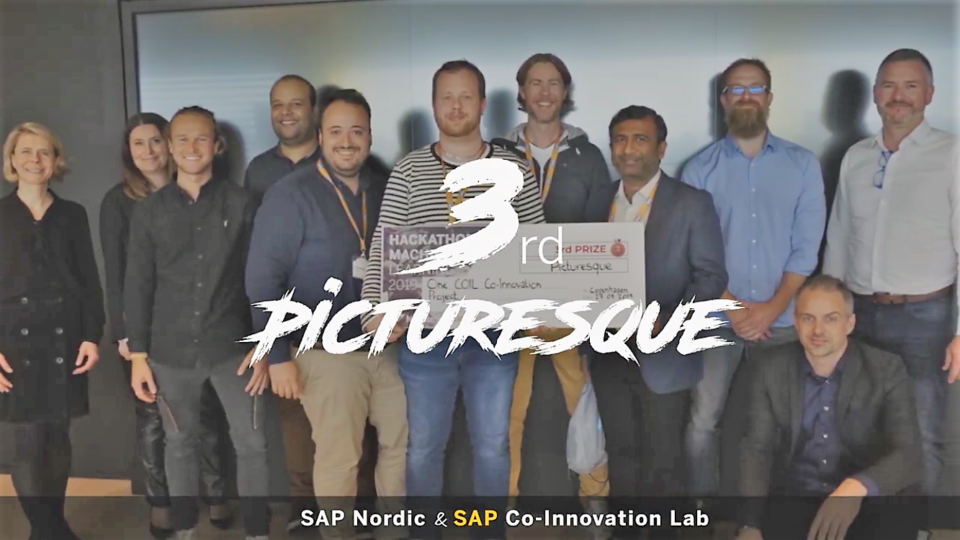Many larger enterprises have a technology debt due to the fact that their implementations have required heavy customizing. Old technology does not support even the hygiene level of customer interaction expectations.
As written previously the Utility industry is facing a customer conundrum which increase costs and decrease revenue. The unprecedented development in marketing, sales and customer service technology is also continuously raising what can be called the hygiene level of customer interactions.
To live up to this ever rising standard, proper technology is a must. To rise above it, technology and humans must leverage their comparative strengths.
So how to do it?
Many larger enterprises have a technology debt due to the fact that their implementations have required heavy customizing. Old technology does not support even the hygiene level of customer interaction expectations, and the old technology is often also mirrored in old processes.
As has been well put by Duke Energy’s CEO Lynn Good, a major change of company culture is also required.
While the culture of a company is notoriously difficult to change, the technology is not (as difficult).
The choice of what platform to run is a very complex one, depending on the competencies of the staff, current trends and the capabilities of the platform.
For an enterprise which deliver the single most important product of our society, continuity and reliability is key. Thus, the very latest functionality or best user interface might be less important than reliable operation in a complex system environment. But all companies must deliver the hygiene level of customer experience, or face the churn.
The major vendors of ERP suites do deliver solutions with these capabilities. However, their customers are not willingly transitioning from the old on-premise world to the cloud-based world. The vendors of ERP suites need to better explain the business case of continuous functionality improvements.
Cloud adoption drives standardization and thus an industry packages are more worth today than in the era of heavy customizing. However at the moment not all industry functionality is available as cloud application. A hybrid solution, with the customer facing processes running in the cloud, is currently the best option.
This might look like a very steep investment.
It does not have to be, running cloud solutions, a pilot can be set up very quickly. The key here is not to reimplement your customized on-premise solution in the cloud. That will be very costly (I know from experience). Rather, go with the standard of your suite of choice. If you need integrations, these will drive your costs. No matter the vendors “plug’n play” promises, integrations are tricky. This is another benefit of using suites, since they tend to integrate better within the suite.
Do not adopt the cloud model thinking you will save IT costs, rather you will have a continuously improving solution, a chance to retain and attract new customers and a more agile business.
So far no great news, the CRM area has a high cloud adoption rate.
Being an SAP guy the SAP MultiChannel Foundation (MCF) for Utilities and the SAP hybris Marketing suite are really interesting pieces of a holistic Utility customer approach. With these tools, which both change name frequently (!) and add new functionality, the Utility can start to reinvent itself and meet its customers where they are.
The omnichannel capabilities of the MCF with its preconfigured Utility scenarios, apps and self-service portals provide the infrastructure to meet the ever rising standard of customer interaction. In the best of breed scenario this kind of integration platform is fully plausible, but it will be a very complex solution which will need a lot of maintenance.
SAP has invested a lot in the MCF and has big plans ahead, which was a key topic on the International SAP Conference for Utilities in April.
The SAP hybris Marketing suite has more competition from other solutions, first and foremost Adobes Marketing Cloud. There is a lot to prove for SAP, but going forward the integration to the other parts of the Utility suite is the main argument. And the SAP industry package for utilities is exhaustive.
The symbiosis of state-of-the-art Marketing and Omnichannel software with a proven industry package will allow the Utility industry to reinvent itself and transition from being the ‘Colossus on feet of clay’ to finding its new role close to the customer and at the center of the smart house.
Read more (in Swedish): Den perfekta stormen för energibranschen



